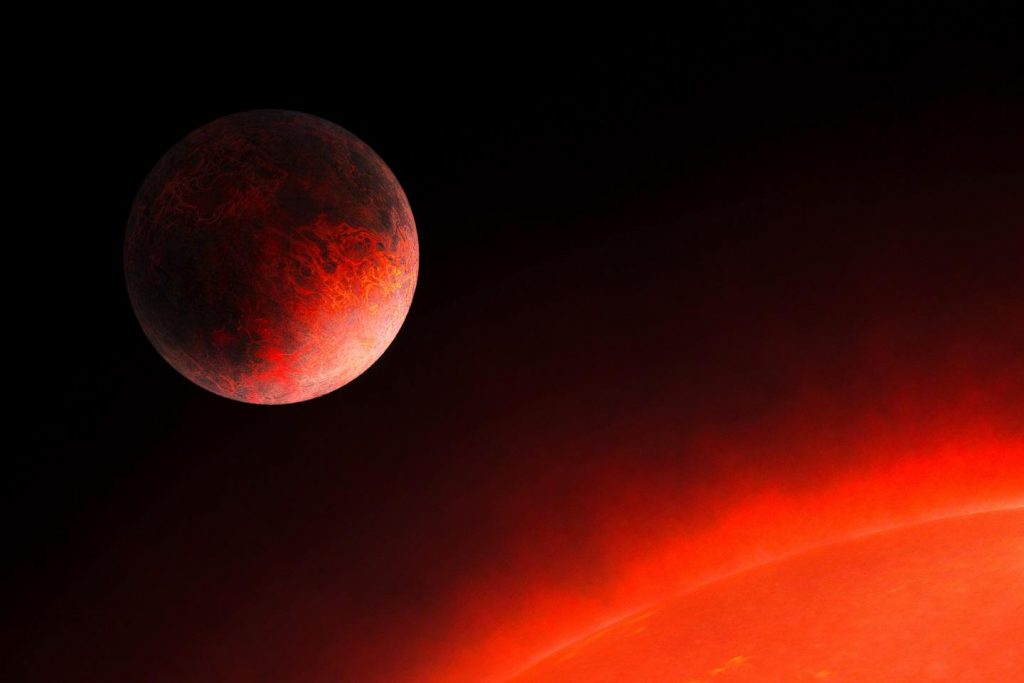There is no communicating what the universe might throw at us. Precisely when a couple of us think they have a profound comprehension of it, one more revelation eliminates commonly that grandiosity from the entertainment region. Scientists have now spotted maybe the smallest planet ever to be tracked down outer our solar system The planet, doled out as GJ 367b is a strongly hot world. It’s fairly greater than Mars and is basically just about as dense as pure Iron.
The planet hurdles around its star as expected. It is 31 light-years from Earth. Specialists are restless to find exoplanets, as these alien universes are known, that might clutch life. The freshly discovered one, called GJ 367b, totally demonstrated unfit, having wild surface temperatures and possibly a molten magma surface as a bit of hindsight defying its star, they said. However, other little exoplanets found and focused on using comparative systems might emerge as extraordinary competitor for supporting extraterrestrial life. After 25 years the first exoplanet disclosures, specialists have moved toward depicting them even more unequivocally to get a more profound cognizance of their combination, from tremendous gas giants like Jupiter to more unobtrusive unpleasant Earth-like planets where life might prosper.
Also Read: Antarctica’s Chilly Ice Sheet Is Surprisingly A Home For Animal Life!
“Gas giants like Jupiter, all things considered, are not decent in light of the fact that they have more ridiculous temperatures, environment, pressures and a shortfall of crucial structure squares to help life,” said space master Kristine Lam of the Institute of Planetary Research at the German Aerospace Center (DLR), lead author of the audit conveyed in the journal Science. She was refered to by Reuters. “Not under any condition like gas giants, minimal terrestrial universes like Earth are more gentle and involve huge trimmings, similar to liquid water and oxygen, to clutch life structures. But not all terrestrial exoplanets are viable, searching for more unobtrusive universes and perceiving the kind of planets they are can help us with perceiving how planets were outlined, what makes a planet reasonable and accepting our solar system is astounding,” Lam added.
GJ 367b is the smallest exoplanet to be so unequivocally depicted. It has an expansiveness of around 5,600 miles (9,000 km) – diverged from Earth’s 7,900 miles (12,700 km) and the 4,200 miles (6,800 km) of Mars. Its mass is 55% that of Earth and it is more dense – near that of pure iron. Not really set in stone that 86% of GJ 367b is made from iron, with an inside structure taking later Mercury, the closest planet to our sun. They are pondering whether the planet lost an outside mantle that once encased its core. “Possibly like Mercury, GJ 367b may have experienced an episode of beast influence which stripped away the mantle, leaving behind an immense iron core. On the other hand maybe the exoplanet is a rest of a Neptune or super-Earth estimated vaporous planet, where the atmosphere of the planet has completely blown away as the planet is affected by a ton of radiation from the star,” Lam said.
